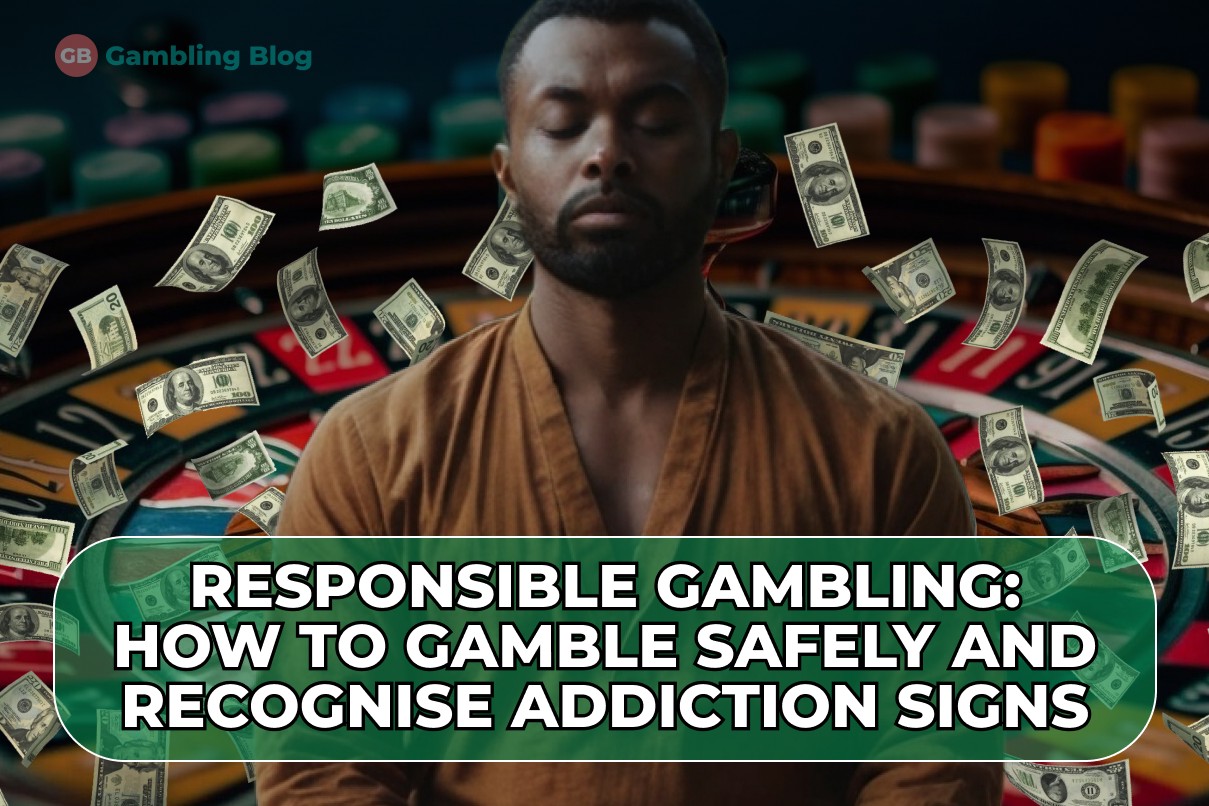Responsible Gambling: How to Gamble Safely and Recognise Addiction Signs

Gambling, be it sports betting, online casinos or poker has made its way into digital everyday life. Especially in India, where the growth of online gambling is accelerating every year: convenient payments, mobile apps, 24/7 access. All this makes gaming as accessible as possible. But along with convenience comes risks that many people prefer not to think about. In this article, along with imafoodblog.com, we will tell you how to keep the game safe, recognise the warning signs of addiction in time and what to do if the situation gets out of control.
How to Realise That Gaming is Becoming a Problem
Gaming addiction is not just a hobby that has gone out of bounds. It is a condition in which a person loses control over their gaming behaviour. The DSM-5 international classification identifies nine signs of problem addiction. Four, observed over the course of a year, are enough to make a diagnosis.
It is not only about large sums of money. One of the most disturbing signs is constant thoughts of gambling. If you catch yourself that even while working or communicating with loved ones mentally scroll through the bets or remember the last sessions – this is already a signal. Another typical symptom is the so-called “chasing a loss” or FOMO: you lose money, get upset and immediately make a new bet in the hope of winning back. This is an emotional trap that even experienced players fall into.
The social context is equally important. If you start lying to loved ones about your expenses, hide the frequency of play, borrow for the sake of betting, then this is not a temporary hobby, but a reason to stop and reconsider your behaviour. Young men between the ages of 18 and 30 who are actively gambling via smartphones are particularly prone to this. One Indian case study: a student from Mumbai admitted that every morning he checked the balance in his online account before he brushed his teeth. He spent all his savings in 3 months and only the intervention of friends helped him seek help.
Simple But Effective Rules for Playing It Safe
To avoid similar situations, it is important to form habits that will help you keep control of your gambling. This does not require complicated techniques or rigid discipline. It is enough to be attentive to yourself and define personal rules in advance.
Firstly, start by setting limits. Determine the amount you are willing to lose without regret, and do not go beyond it. Similarly, you should limit the time: excitement is addictive, and without a timer it is easy not to notice how two or three hours have passed. Many modern operators allow you to switch on the function of automatic exit, do not neglect it.
Secondly, try not to play in an emotionally unstable state. After quarrels, stress, a bad working day, the chance to make impulsive and irrational bets increases. It is better to switch to something else at such times, and return to the game only in a calm mood.
The third important rule is to take breaks. Even if everything goes well, it is better to stop and assess the situation. This will avoid the effect of “I am lucky today” and not fall into the illusion of control, which often ends in a series of losses.
How Gambling Deceives the Brain
The mechanisms of gambling addiction are directly related to brain biochemistry. During betting, especially at the moment of winning, the body releases dopamine, the pleasure hormone. The more often the cycle “expectation – bet – result” is repeated, the more the brain gets used to these sensations. As a result, a person begins to strive not for money, but for the process itself.
Against this background, typical psychological traps arise. For example, the delusion “Next time will definitely be lucky” or belief in regularities that do not exist: “if five times in a row fell black, then there will be red”. This is the so-called “gambler’s fallacy” – the illusion that you can predict the outcome, when in fact everything is determined by chance.
Operators use these features to retain interest: bonus games, the promise of “win-back”, visual effects and fast replays all stimulate the dopamine system. So it’s important to be prepared for this and realise that the algorithms are set up to keep you coming back even without winning.
What to Do If You Notice Signs of Addiction
Gambling addiction is not a verdict, but it does require intervention. The key is not to delay if you notice disturbing changes. The first step is self-diagnosis. There are many tests available on the Internet to recognise the problem: from simple questionnaires to more accurate screening systems. Taking such a test means giving yourself an honest answer without delay.
If the result is alarming, it makes sense to activate the self-exclusion function. Almost all reputable operators provide this option: temporarily or permanently block access to the account. This will not solve the problem, but it will give you a breather.
The next step is to seek professional help. There are centres in India that use cognitive behavioural therapy (CBT). This approach helps not just to “unlearn” the game, but to change the mindset and learn to control impulses. In addition to therapy, there is support in groups such as Gamblers Anonymous. Many recovering individuals report that talking to others who have travelled a similar path is what made the difference for them.
Conclusion: Playing by the Rules is not a Weakness, But a Strength
Play can and should be played. But only if it is fun, not an attempt to cope with anxiety, loneliness or financial difficulties. Responsible approach to the game is not a ban, but a skill. A skill to understand yourself, respect your boundaries and stop in time.
Especially in countries with fast-growing online gambling like India, it’s important not to lose awareness. It’s easy to get carried away when everything is a click away. But it’s also easy to get lost in the process. If you value your time, resources and relationships – don’t play on emotion. Play wisely, then it will remain what it should be: entertainment, not a source of pain.





